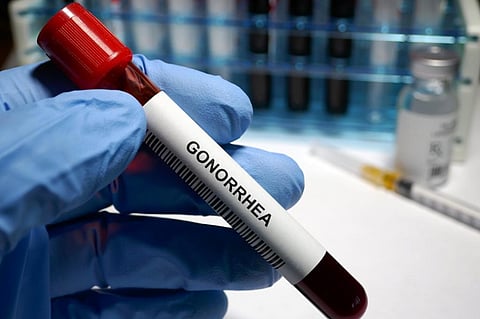

The spectre of untreatable disease, caused by Antimicrobial Resistance (AMR), ravaging humanity is inching closer. A new World Health Organization (WHO) report released December 9, 2022 showed that over 50 per cent of life-threatening bacterial infections are becoming resistant to treatment.
The high levels of resistance to treatment were reported in bacteria frequently causing bloodstream infections in hospitals, the Global Antimicrobial Resistance and Use Surveillance System (GLASS) report stated, based on 2020 data from 87 countries.
“Within the context of national testing coverage, the report, for the first time, analyses antimicrobial resistance (AMR) rates, tracking trends in 27 countries since 2017.
“It reveals high levels of bacteria resistance, frequently causing life-threatening bloodstream infections in hospitals, such as Klebsiella pneumoniae and Acinetobacter spp, which require treatment with last-resort antibiotics, such as carbapenems,” a statement by WHO noted.
However, eight per cent of those infections caused by Klebsiella pneumoniae were resistant to carbapenems, increasing the risk of death.
Over 60 per cent of Neisseria gonorrhoea infections, a common sexually transmitted disease, show resistance to ciprofloxacin, one of the most widely used oral antibacterials.
And over 20 per cent of E.coli isolates, the most common pathogen in urinary tract infections, were resistant to ampicillin and co-trimoxazole, first-line drugs, as well as second-line treatments known as fluoroquinolones.
Although most antimicrobial resistance trends have remained stable over the past four years, bloodstream infections due to resistant E.coli, Salmonella and gonorrhoea infections, have jumped by at least 15 per cent compared to 2017 rates.
More research is needed to discover why AMR has increased and the extent to which infections are related to hospitalisations and antibiotic treatments during the COVID-19 pandemic, the statement said.
The pandemic also meant that several countries were unable to report data for 2020.
“Antimicrobial resistance undermines modern medicine and puts millions of lives at risk,” WHO Director-General Tedros Adhanom Ghebreyesus was quoted as saying.
“To truly understand the extent of the global threat and mount an effective public health response to AMR, we must scale up microbiology testing and provide quality-assured data across all countries, not just wealthier ones,” he added.